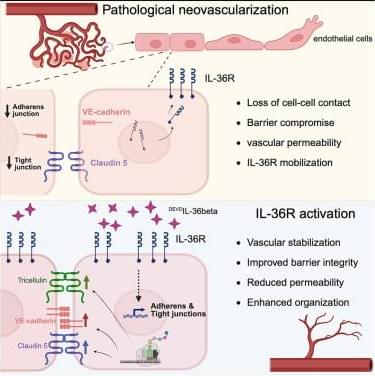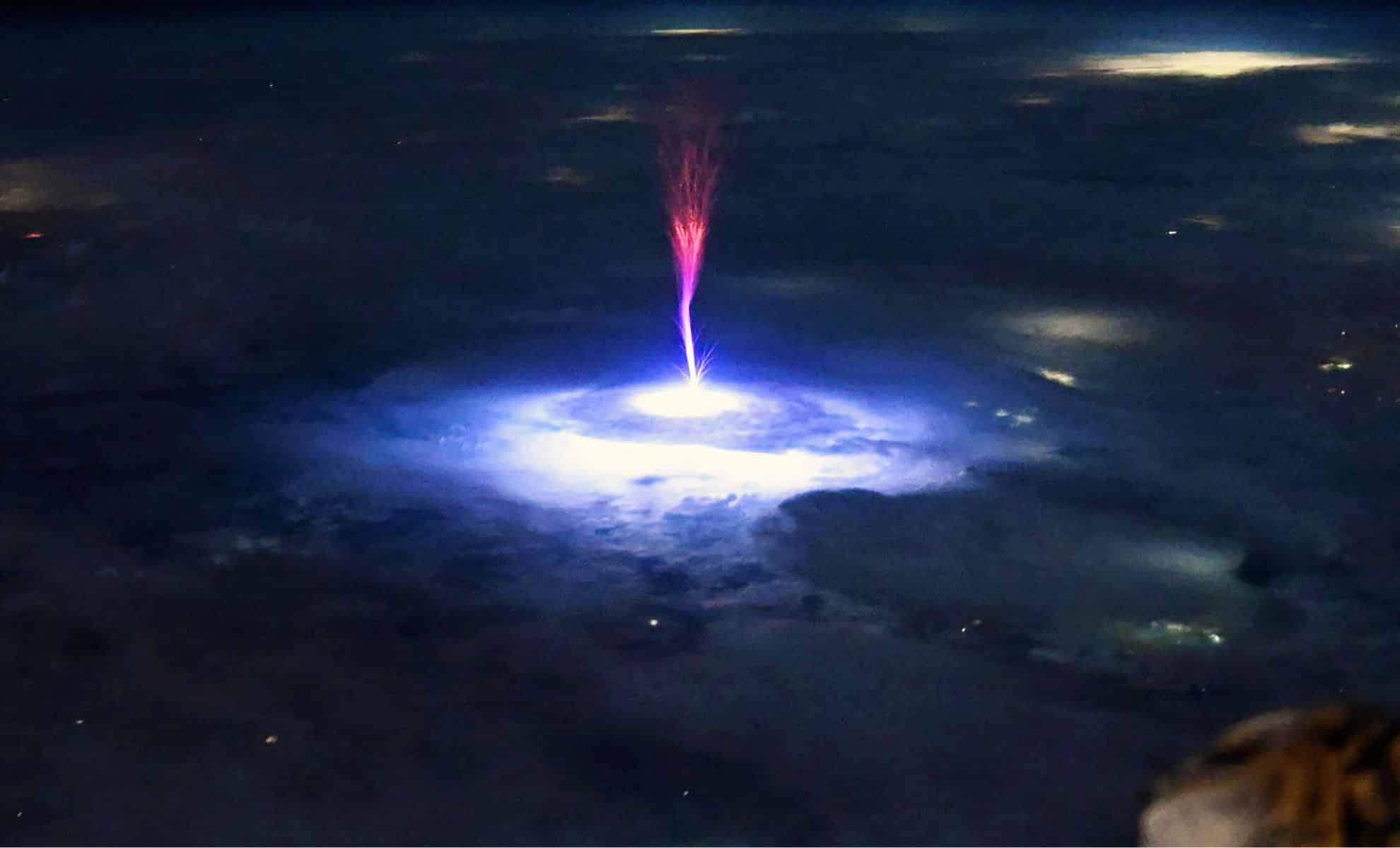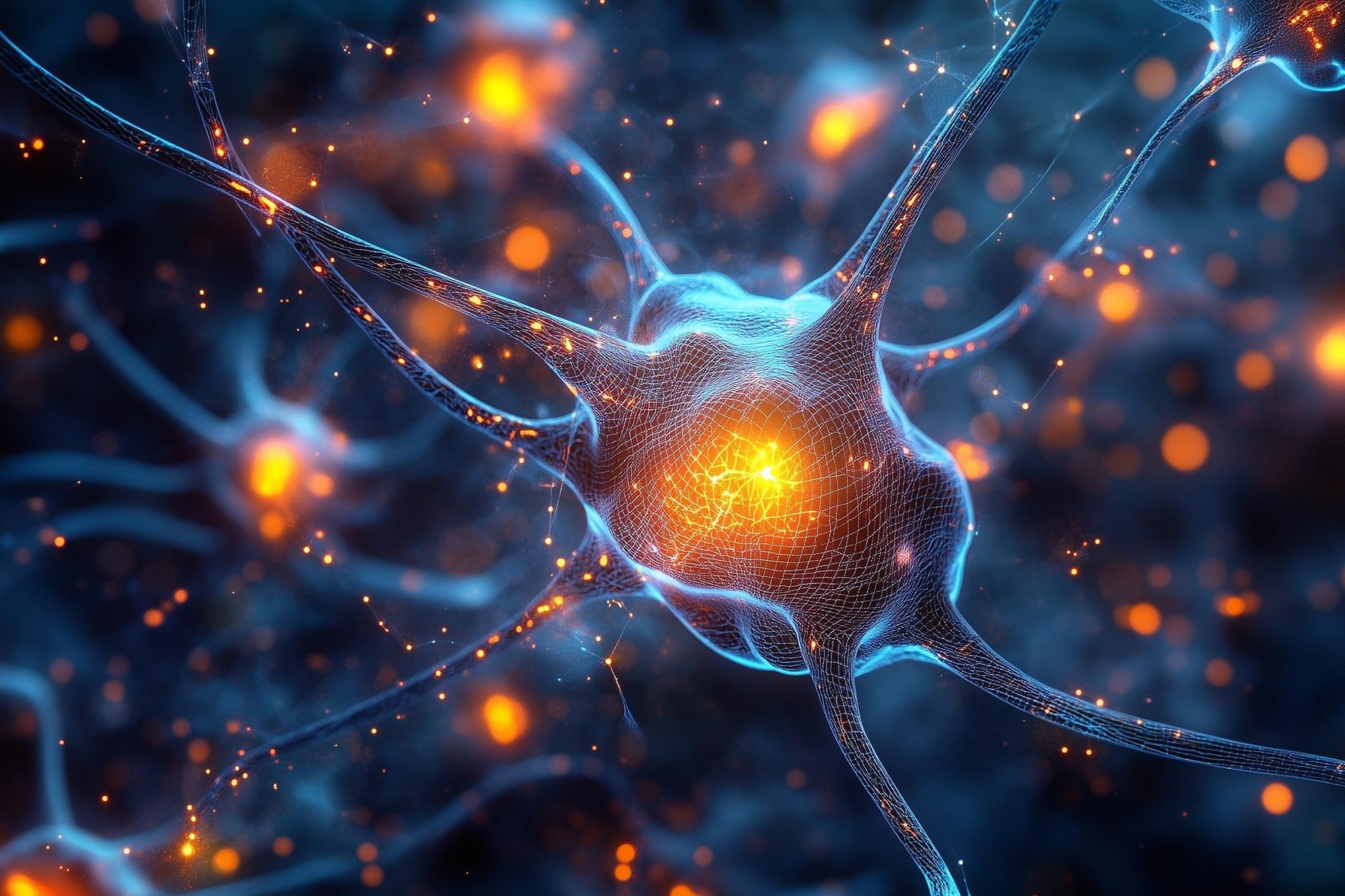A hacker claims to have breached Condé Nast and leaked an alleged WIRED database containing more than 2.3 million subscriber records, while also warning that they plan to release up to 40 million additional records for other Condé Nast properties.
On December 20, a threat actor using the name “Lovely” leaked the database on a hacking forum, offering access for approximately $2.30 in the site’s credits system. In the post, Lovely accused Condé Nast of ignoring vulnerability reports and claimed the company failed to take security seriously.
“Condé Nast does not care about the security of their users’ data. It took us an entire month to convince them to fix the vulnerabilities on their websites,” reads a post on a hacking forum.






